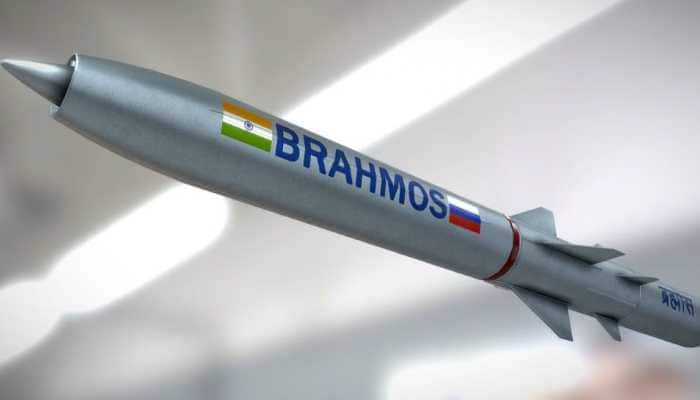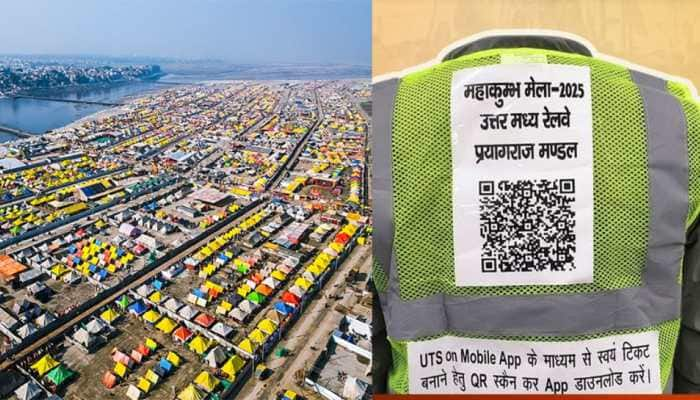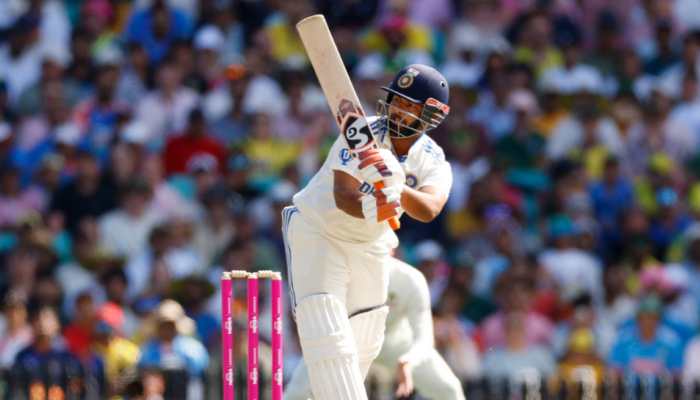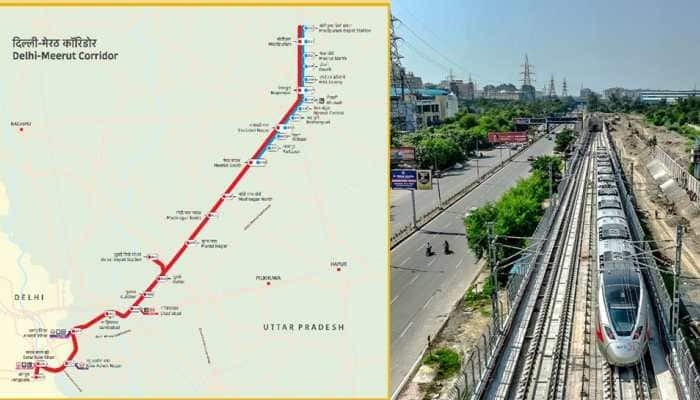Diwali effect: Delhi gasps for breath as pollution levels soar
On Diwali, Pitampura in North Delhi recorded the maximum at 1,238 micrograms per cubic metre, which is 20.63 times higher than the permissible limits.
Trending Photos
)
New Delhi: The air quality in Delhi has deteriorated alarmingly with the national capital recording PM 2.5 levels at nearly 21 times higher than permissible limit on Diwali, leaving residents gasping for breath.
On Diwali, Pitampura in North Delhi recorded the maximum at 1,238 micrograms per cubic metre, which is 20.63 times higher than the permissible limits.
Also, PM 2.5 levels on the day of Diwali (October 30) across each of the 11 pollution monitoring centres were anywhere between a staggering 4 times to 12 times of what they were the week before (October 24).
For example, as compared to the previous week, Pitampura recorded 12 times higher PM 2.5 levels, while Parivesh Bhavan Centre in East Delhi recorded 11.4 times higher PM 2.5 levels.
At Janakpuri, PM 2.5 levels were 8.7 times higher and at ITO, PM 2.5 levels were 7.6 times higher.
Similarly, on the day of Diwali PM 10 levels were 1.5-4 times higher as compared to the previous week. For example, PM 10 levels at ITO on Diwali were 4.3 times higher than what they were a week ago.
On this Diwali, as compared to last year, PM 2.5 levels were 2-4.5 times higher and PM 10 levels were 1.5-3 times higher.
As per a report from TOI, the PM 2.5 (fine pollution particles) hit 500-900 micrograms per cubic metre at some places early Monday.
At 2.30 AM on Monday, PM 2.5 went up to hazardous level of 748 and 883 micrograms per cubic metres at RK Puram and Anand Vihar.
Analysis by the Delhi Pollution Control Board (DPCC) showed there was a jump in levels of almost all pollutants compared to last Diwali.
According to the DPCC, the 24-hour PM2.5 average range for six locations was between 180 and 440 micrograms per cubic metres with minimum recorded at IGI and maximum at Anand Vihar. This is about 7 to 17 times the WHO norms.
The permissible limit for PM 2.5 is 60 micrograms per cubic metre.
In the backdrop of rising air pollution and smog levels, the Centre summoned governments of Punjab, Delhi, Haryana, Rajasthan and Uttar Pradesh over enforcing ban on stubble burning.
The decision comes on a day the Central Pollution Control Board (CPCB) released its report on air quality of Delhi.
The CPCB said there was a slight reduction in noise levels this year as compared to last Diwali.
However, DPCC observed a slight increase in noise levels this year, with the regulatory body recording a range of 66.1 Db (A) to 75.8 Db (A) compared to 65.9 db (A) to 74.8 db (A) last year.
The Environment Ministry has attributed the spike in pollution levels to four main factors.
"It has been observed that open burning of solid waste in and around Delhi, vehicular emissions in Delhi, dust by the roadside and around construction sites in Delhi and stubble burning of crop residue in neighbouring states of Delhi are major contributors to pollution in Delhi," according to a release by the Ministry.
The Ministry of Environment, Forest and Climate Change has summoned the concerned secretaries on 4th November to review the situation and to further deliberate on the strategy to minimise occurrences of open burning in agriculture fields.
(With Agency inputs)
Stay informed on all the latest news, real-time breaking news updates, and follow all the important headlines in india news and world News on Zee News.
Live Tv







)
)
)
)
)
)
)
)
)
)
